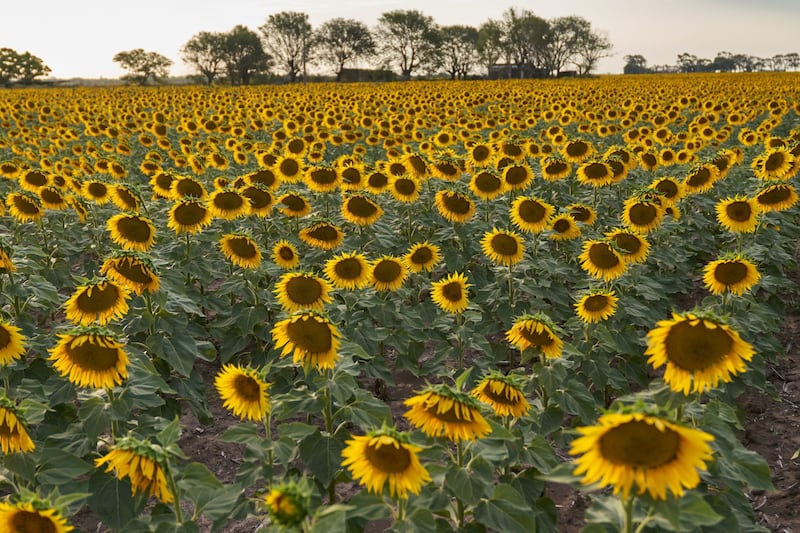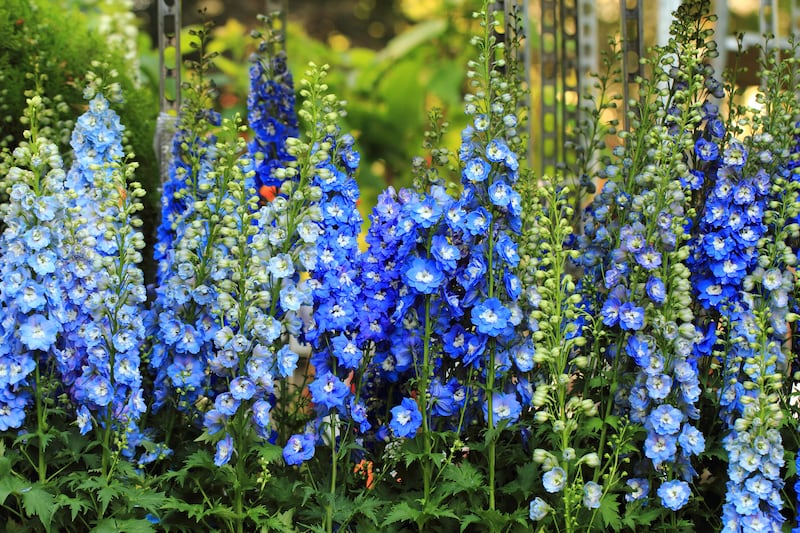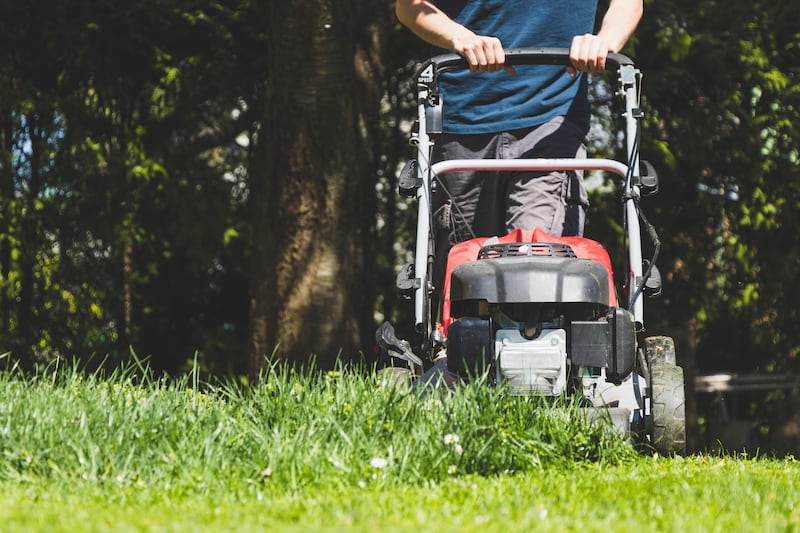Gardening’s not much fun when you’re one of life’s procrastinators. Bulbs go unplanted, seeds unsown, their promises and blandishments left to moulder reproachfully on dusty shelves in garden sheds. Rather than becoming a reality, plans to create a quirky stumpery/wild flower meadow/cut flower patch/wildlife-friendly pond/productive potager/mini-woodland – or even just something as simple as planting a tree or filling a window-box – remain just that, unhatched, unrealised, remembered only with gentle regret.
Even for those of us who are doers as well as dreamers, there will always be things left undone. I wish, for example, that I’d started planting spring-flowering bulbs beneath the old beech trees that grow next to our little farmhouse sooner than I did, so that I might sooner see them flowering as a delicate carpet of bee-friendly colour. And I’m sorry that I still haven’t got around to planting more spring-blossoming trees and flowering hedges so that I can pick fat armfuls of their branches to fill vases and to give to friends. Filled with the bitter-sweet realisation that there will always be too much to do, and never enough time to do it all, I regret not planting more trees, more shrubs, more climbers, all long-lived elements of a garden-in-the-making, which can take decades to grow to full maturity.
Despite his vast wealth and privilege, for example, Elon Musk can’t make a tree grow faster or force a seed to germinate
On the other hand, one of the things to prize most about the mucky, messy, joy-inducing business of gardening is that it teaches us that time is precious. In this way it’s the great leveller, the one transformative, quicksilver quality of any garden that can’t be bought or sold.
Despite his vast wealth and privilege, for example, Elon Musk can’t make a tree grow faster or force a seed to germinate. Mark Zuckerberg can no more order a rose to bloom in December than he can command a holly tree to produce ripe berries in June. And Putin’s vineyards – which he collects like normal people collect autographs, stamps or beer mats – will continue to follow the same immutable laws of nature that have always regulated the plant kingdom.
READ MORE

Just watch the movie Taming the Garden if you want to see what happens when the Georgian billionaire Bidzina Ivanishvili tried to bend those natural laws to his will. He uprooted more than 200 mature trees – giant magnolias, limes, tulip trees – from the Georgian countryside and transplanted them to his grandiose new “Garden of Eden”, leaving a devastating trail of loss and destruction in his wake.
Most will look upon Ivanishvili’s efforts at garden-making as the vainglorious attempts of a very rich and powerful man to outwit Mother Time. Or as the pursuit of a certain kind of immortality. Both are almost certainly true. It’s also a telling illustration of the seductive power of the plant kingdom that he went to such extraordinary lengths to do so (of the many memorable images in the movie, the hauntingly surreal sight of a giant tree bobbing along the Black Sea on a vast raft will never leave me). And yet despite his Herculean efforts, it also shows that he missed the most important point of it all, which is that for a garden to be truly special, it needs time (ideally lots of it) to develop its own atmosphere and particular sense of place.
I don’t know if Ivanishvili is familiar with the words of the famous 18th-century architect and garden maker William Kent, who said that we should garden as if we’re going to live forever. Kent wasn’t literally imagining a world when humankind’s pursuit of eternal life would become a reality (dream on, Jeff Bezos). Instead, I think he meant that we should try to make the kinds of gardens that continue to be enjoyed long after we’re gone. Who knows, for example, who planted the two elderly beech trees in my own garden, which are well over a hundred years old. But I often say quiet words of thanks to whoever did. They certainly knew that they’d never get to see them grow old. In the same way, I’d like to think that someone one day will sit beneath the young trees I’m planting and wonder who helped nurse them into life.

With that in mind and with the horticultural clock ticking, my suggestion this weekend is to make the very most of your garden. Easter, after all, is a celebration of the circle of life, of rebirth. So divide and/or pot up dahlia tubers to give you months of late summer and autumn beauty. Plant sweet pea. Sow seed of fleeting flowering annuals such as cosmos, marigolds, amaranthus, helichrysum, phlox, nasturtiums and corncockle for fistfuls of cut flowers. Plant or sow seed of perennials such as delphinium, verbascum, lupin, achillea, echinacea and sanguisorba to later fill gaps in the border. Make a herb bed. Sow a forest of sunflowers. Plant climbing roses and clematis wherever you think there’s suitable space. Clear those overgrown vegetable beds and fill them with seed potatoes, herbs, and hardy vegetables. Pot on young tomato plants. Plant a tree. Make a pond. Plant some shrubs. Start a wild flower meadow. Get to work on that potager. Mark out that cut flower patch. Begin that crazy, zany stumpery and fill it with ferns and primroses and other shade lovers. Because, as a wise friend once said to me, there are two times to start making a garden. The first is the right time. The second is when you have time.

Last but not least, visit other established gardens for inspiration. Take notes and ask lots of questions. And if you see a plant that you particularly admire, remember that once upon a time someone else planted it in the ground with the hope that it would make the world a better place.
This week in the garden
Take great care when cutting lawns not to accidentally mow down the foliage of any spring-flowering bulbs such as snowdrops, narcissus crocuses and cyclamen. Instead these plants should be allowed to die back down to ground level naturally, allowing them to self-seed as well as to use the energy stored in their leaves to slowly fatten up their underground bulbs in preparation for flowering next year
It’s still a little too early to direct sow seed of most kinds of vegetables, but hardier species, including peas, turnips and radish can be sown outdoors in early April, while there’s still time to plant onion and shallot sets and plant seed potatoes. All of these should be planted/sown into weed-free, finely raked soil in a sunny, sheltered part of the garden. Emerging seedlings also need protection against slugs, which can devastate sowings very quickly.

Dates for your diary
Easter Sunday & Monday, 9th-10th April (10am-5pm), ISNA Plant Fair, Farmleigh House, Phoenix Park, Dublin, see farmleigh.ie
Tuesday, 11th April (10.20am-4pm), Hunting Brook Gardens, lamb Hill, Tinode, Co Wicklow, a one-day Woodland Plant Masterclass with Jimi Blake, €120, see huntingbrookgardens.com



















